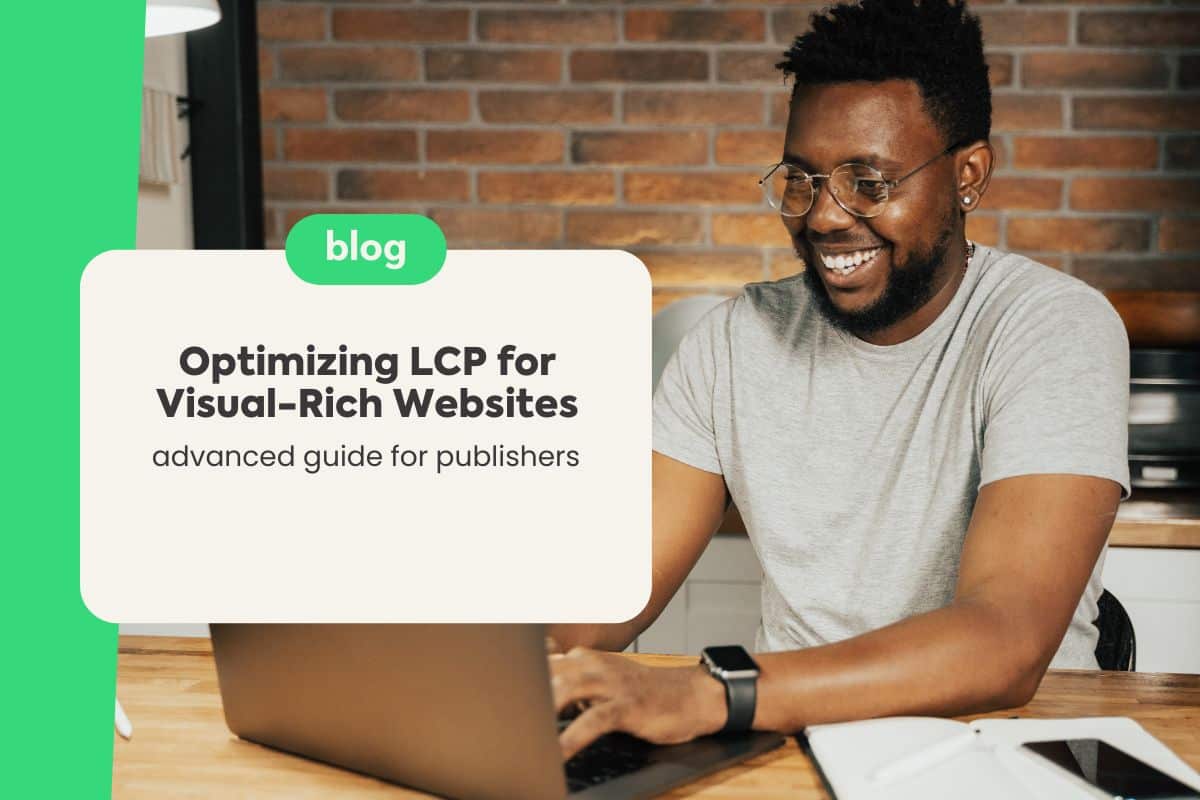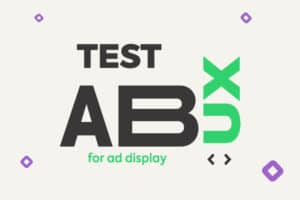Addressing the optimization of the Largest Contentful Paint (LCP) on image and video-rich sites presents a unique challenge. LCP, a vital Google metric for evaluating page loading performance, underscores the importance of displaying core content as swiftly as possible.
Consequently, sites abundant in visual elements require specific strategies to maintain optimized performance without compromising content quality. This guide is tailored for experienced publishers seeking not only to grasp the essence of LCP optimization but also to implement advanced techniques to enhance user experience on their sites.
Index
Advanced Image Optimization Techniques
Optimization commences with selecting modern image formats like WebP and AVIF, offering an excellent balance between quality and file size. WebAssembly minification tools can be applied to further optimize visual resources, while techniques like tree shaking and code splitting are essential for removing unnecessary code and speeding up page loading.
Advanced Video Optimization Techniques
For videos, compression with Brotli and adaptive bitrate streaming via HLS or DASH are paramount. These techniques ensure efficient video content loading, dynamically adjusting to the user’s available bandwidth, crucial for maintaining a low LCP.
Advanced Lazy Loading
Implementing custom lazy loading using specialized JavaScript libraries and the Intersection Observation API allows images and videos to load only when they are about to enter the user’s screen. This approach significantly reduces the time required for the initial page load.
Advanced CSS and JavaScript Optimization
Code optimization is also critical. Utilize tools like UglifyJS to minify and compress JavaScript code, and apply Brotli compression to CSS and JavaScript files to reduce transmitted file sizes, speeding up page loading.
Advanced Browser Cache
Utilizing service workers and a cache manifest allows storing static resources in the user’s browser, significantly improving loading times for subsequent site visits.
Advanced Performance Monitoring
Adopting Real User Monitoring (RUM) practices and network simulations helps understand how your site behaves under various network conditions and devices, enabling precise optimization adjustments.
Achieving Peak Performance on Visual Sites
Optimizing LCP for visually rich sites is a complex task, but with the right techniques, achieving fast loading times without compromising visual quality is possible.
Success in this endeavor lies in the strategic use of advanced technologies and continuous site performance monitoring, ensuring users always have a superior experience when accessing your content.
Adopting these practices not only enhances user satisfaction but also positively contributes to site visibility in search engines, reinforcing the importance of staying updated with optimization trends and implementing continuous improvements. And remember: when monetizing your site with tags that don’t affect your site’s LCP optimization, rely on Grumft to support you on that journey.





